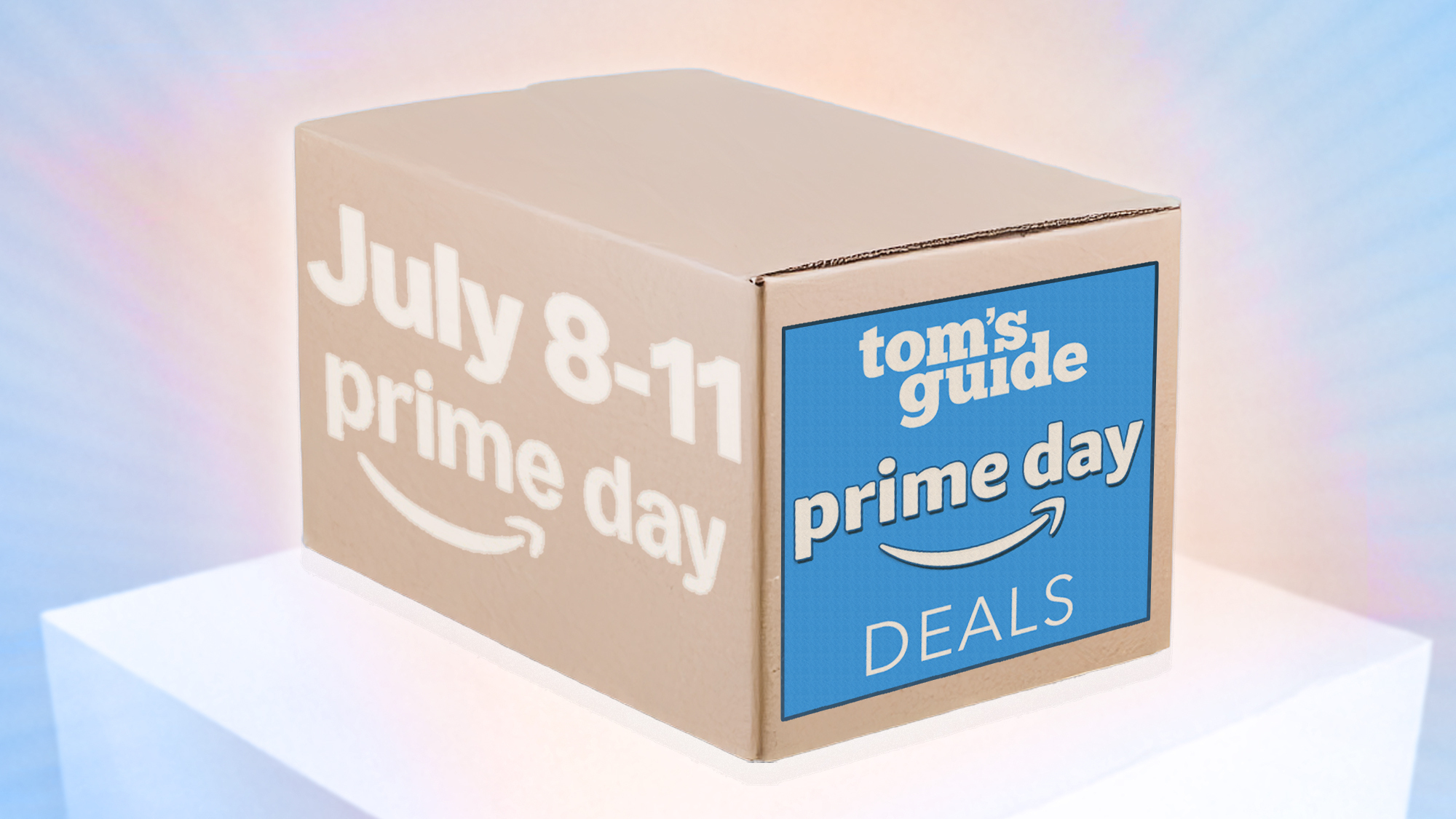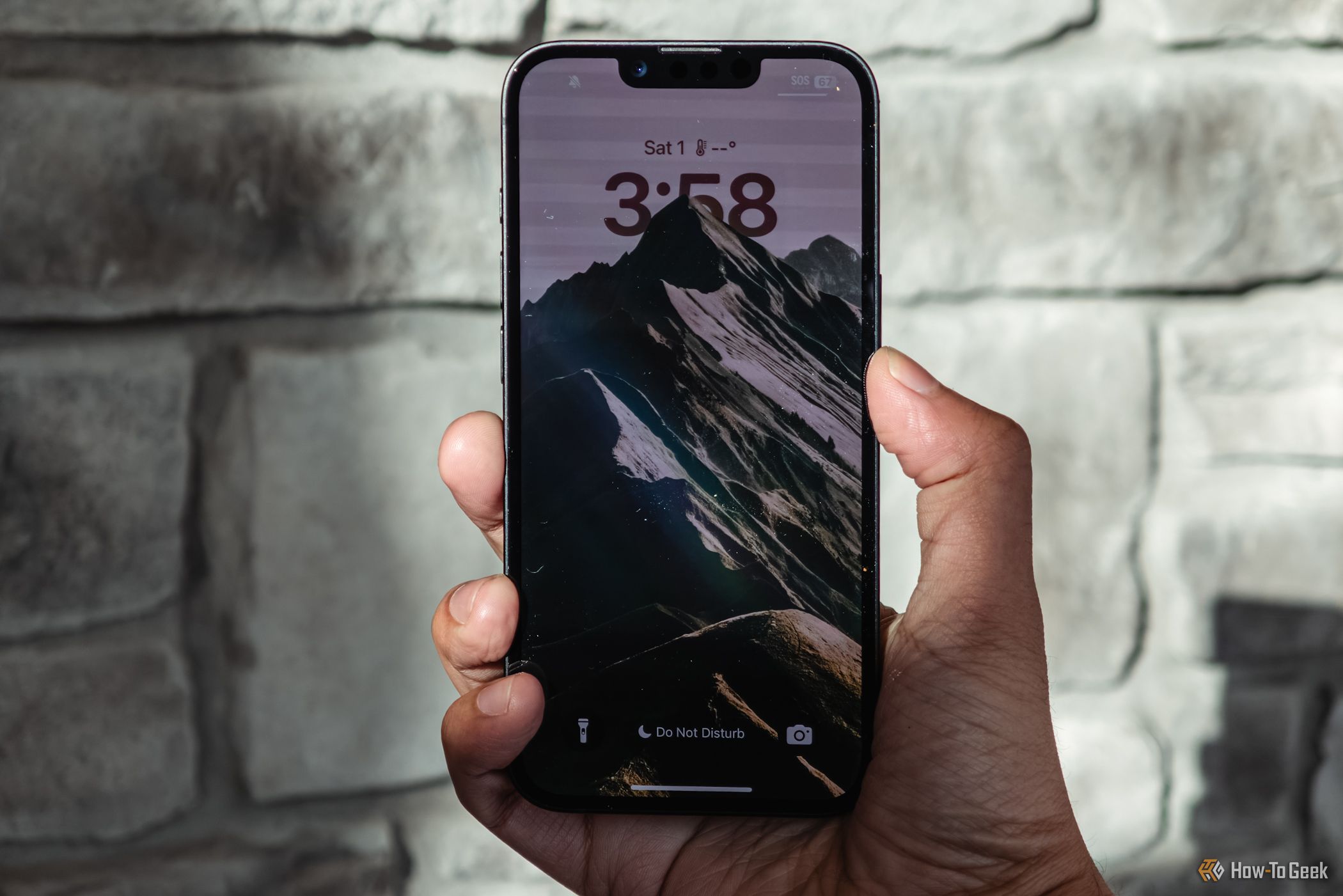I accidentally wiped my phone and didn’t have a backup — don’t make the same mistakes I did
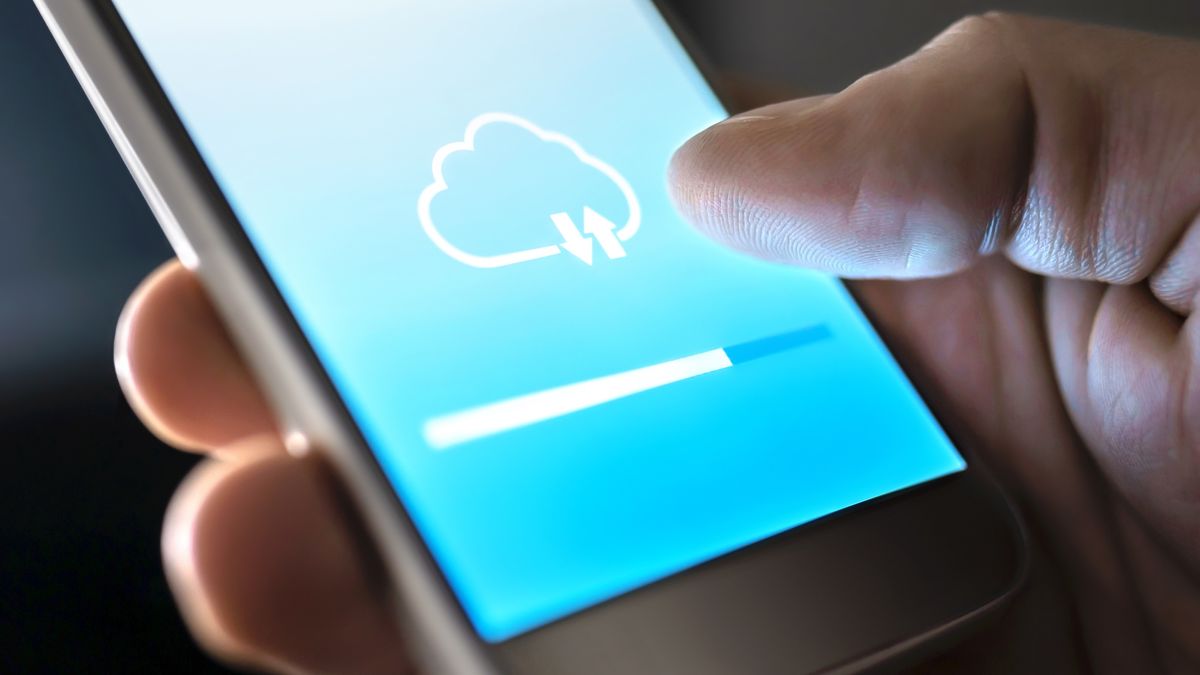
I have rallied against phones with 128GB of base storage in the past, talking at length about how it just isn’t enough storage for a modern smartphone. And that’s even if you offload most of your media to the cloud.
Unfortunately, as someone who reviews phones for a living, I don’t always get a choice in which phones I have, so 128GB models are sadly the norm.
This has actually gotten me into quite a bit of trouble in the past. I got a little overzealous in clearing out some of the junk files hiding in my phone, and in the process deleted nearly two years of photos and videos — and with no backup on hand to recover from my error.
With World Backup Day now upon us today (March 31), I thought now was a good time to tell this story, if only to warn you readers about why you should always make sure you’re backing up your data. Otherwise, you’ll end up like me, panicking late one Sunday night in an attempt to try and restore all your lost memories.
Not backing up is like playing with fire
This story takes place back in October 2022, a week before I was about to go on a big vacation.
As usual, the 128GB of storage on my phone was getting rather full, to the point where I felt like I needed to clear some space and erase some junk files. I knew I’d be taking a lot of photos and videos on my trip, and wanted to make sure I didn’t run out of space at the worst possible moment.
It’s also worth mentioning that at this point, I did not have any kind of backup system in place. Like an idiot, everything on my phone was saved to my phone and absolutely nowhere else. Despite the fact I could easily have invested in some backup software, or even just subscribed to Google One to save everything to the cloud.
Sifting through files and folders to delete junk files, or stuff you don’t need anymore is tedious work. There’s no shortage to the amount of useless files you can pick up over the course of several months and years.
So determined was I to get rid of as many as I possibly could, I enlisted the help of the CCleaner app. It’s a piece of software that will delete stray junk on your devices, and I’d been using the desktop version with zero issues for a good 15 years at this point.
Unfortunately I got a little overzealous with what I told the app to delete, likely due to my unfamiliarity with the Android version of the app as compared to the desktop edition. at any rate, CCleaner ended up erasing almost my entire photo reel. Or at least, everything that hadn’t already been organized into different folders.
It didn’t take me long to realize what had happened, and since this is not the kind of thing you can take lightly, I did start to feel a little bit of panic slip in.
Deleted doesn’t mean gone forever
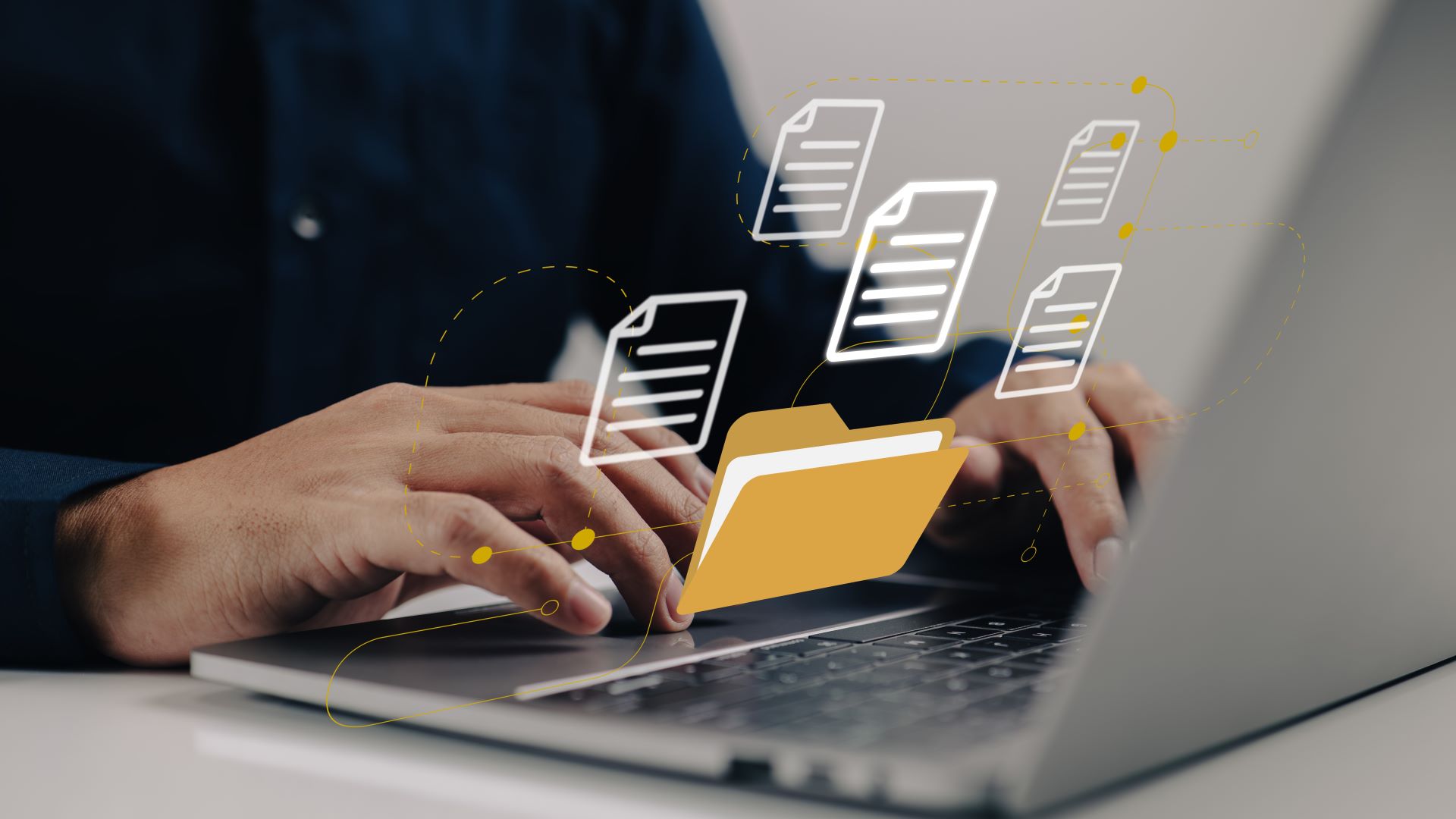
The good news here is that I was able to recover just about everything that got deleted. For starters, I have a habit of keeping my old devices lying around, rather than trading them in or scrapping them. Those phones are like a time capsule of what I had been up to when I switched phones, gathering dust and generally not doing anything at the bottom of a drawer.
This meant I could easily power them on and transfer all my old files and photos back onto my new phone. These things take time, but it wasn’t all that difficult. Sadly, it had been about a year since I switched phones at this point, which means there was a giant gap in my photo history spanning October 2021 to October 2022.
Anyone who knows anything about how device storage works, knows that “deleted” doesn’t actually mean it’s gone. All deleted means is that your device has hidden those files and makes a note that they can be saved over in the future. But until that actually happens, you can still recover them with some software help.
There’s no shortage of file recovery apps on Google Play, though I still restored to plugging my phone into my laptop and using a piece of desktop software.
Personally, I find that, even now, desktops do a much better job at file management than phones or tablets. Maybe it’s because I grew up with computers, but I always felt like file management on mobile was an afterthought rather than a feature — which is a stark contrast to both Windows and macOS.
But I digress. Once plugged in, I loaded up the file recovery software (Recuvva, in this case) and let it get to work restoring as many of the deleted files as I could. It’s kind of ironic that the CCleaner app is why I ended up in this mess, and the company’s own recovery software came to my rescue.
I got off (mostly) scott free
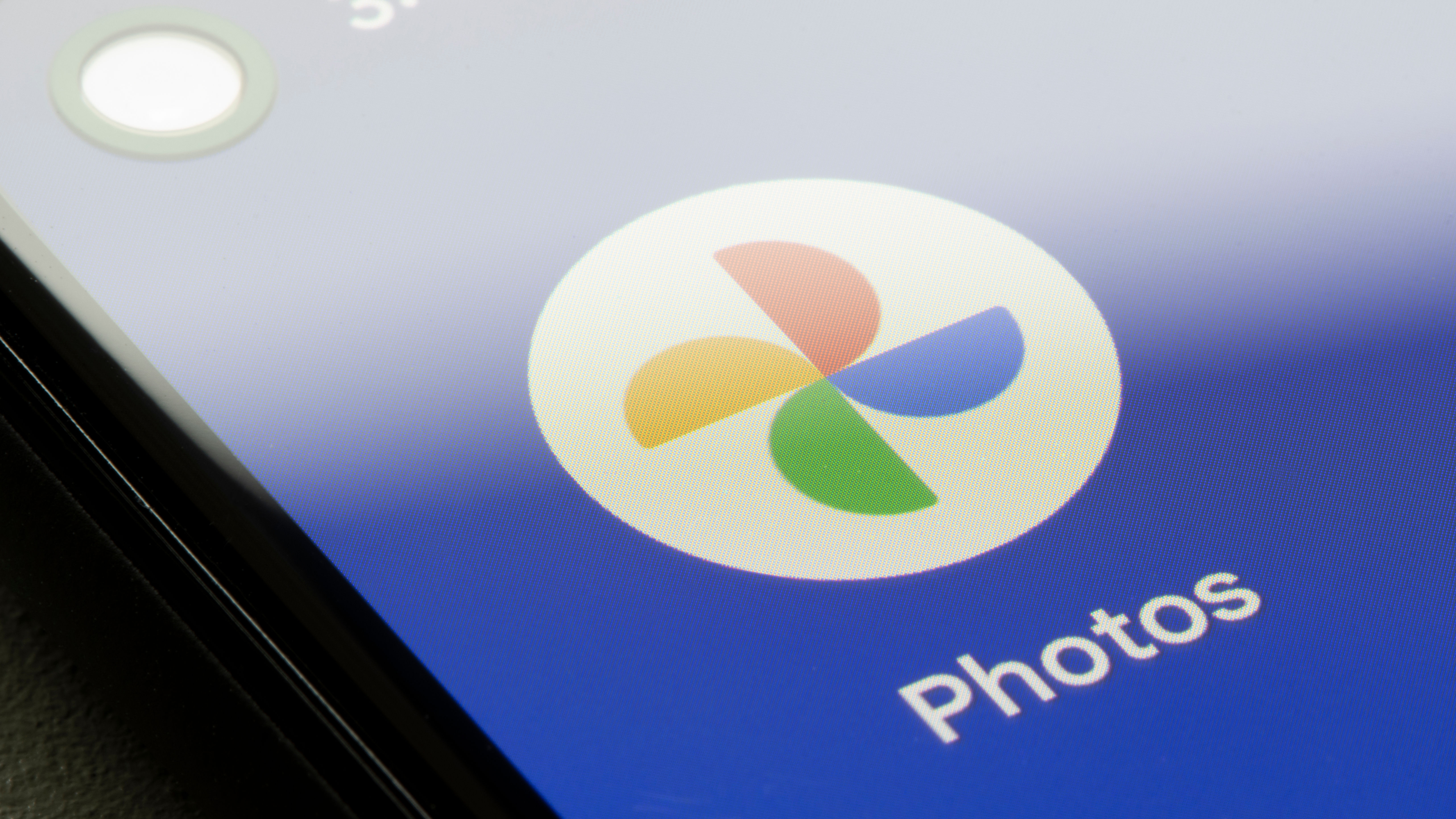
In the end, I managed to recover the vast majority of my lost photos and videos, though I did run the recovery a bunch of times just to make sure nothing got missed.
Admittedly, some images couldn’t be recovered, which is annoying. The vast majority of stuff seemed to have been recovered intact, and I only noticed a handful of photos were actually gone forever — nothing of consequence though, which is pretty darn lucky.
The only major consequence of this is that my Google Photos timeline is completely out of sync. Because the restored files were recognized as “new” by my phone, it thinks they were all created on October 30 and October 31, 2022. All 909 photos and videos.
Meanwhile Google Photos has just 873 files from the previous 12 months. So I’m reminded of my own carelessness every time I scroll back through my feed to find something Search can’t locate.
But at least they are still accessible and weren’t lost forever. It forced me to kick myself into gear and stop being so cavalier about the proper backup etiquette.
I religiously backup everything now
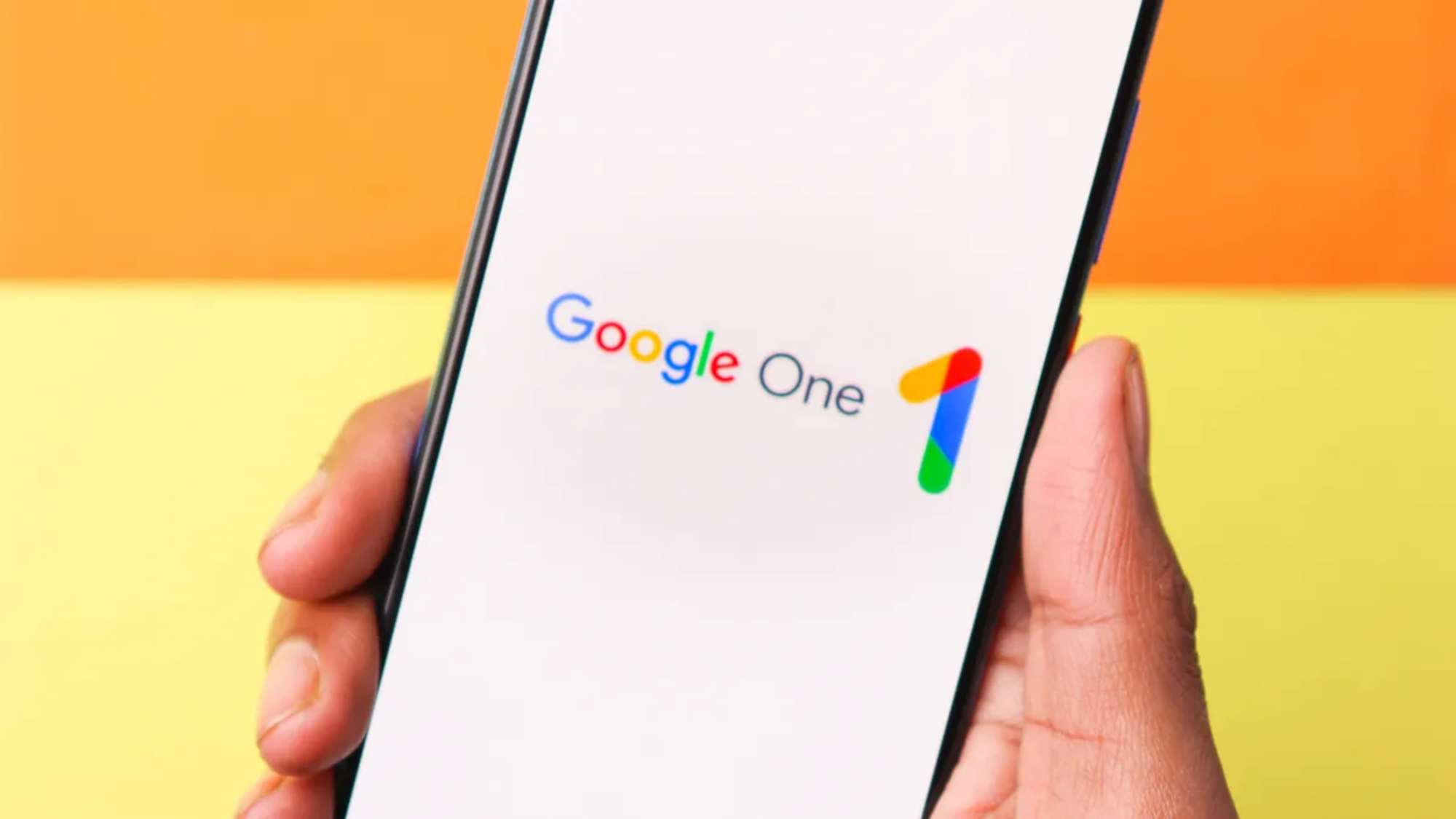
I like to think that I can learn from my mistakes. For starters, CCleaner was banished from my phone, never to return. Clearly I can’t trust myself to use it without breaking everything it touches, and anytime I feel like I need to free up space on my phone, I do it all manually. If that extra time means I don’t accidentally erase important files, then so be it.
I also made a point of signing up for Google One to bolster my meager amount of free storage on Google Drive.
I’d always resisted this, because I was too cheap to pay for the subscription. But that was back in the days when my phone had a microSD card port, and physical storage was easy to acquire. After my erasure scare, and with the benefit of hindsight, $30 a year for 200GB of cloud storage didn’t seem like such a bad deal. (For more on the merits of cloud storage, we’ve got a rundown of iCloud and Google Drive, with their assorted pros and cons.)
Not only is my phone set to backup every 24 hours, Google Photos will automatically backup everything I take with the camera. The only things that don’t get backed up are my downloads and all the memes I receive from various group chats. If those were backed up as well, my 200GB plan would probably be full by the time it came to renew.
Unfortunately no matter what I do, the 128GB storage on my phone always seems to be more than 80% full. It doesn’t matter how many files I offload to the cloud or how much junk I erase, the blasted thing is always stuck in a perpetual limbo of almost being full — but not quite.
Whether you have an iPhone or an Android, don’t make the same mistakes I did. We have guides on how to backup your iPhone and how to backup your Android device. If you need space to store it all, be sure to check out our list of the best cloud backup services. That way you won’t ever end up making the same series of stupid mistakes as me.
More from Tom’s Guide
Source link






